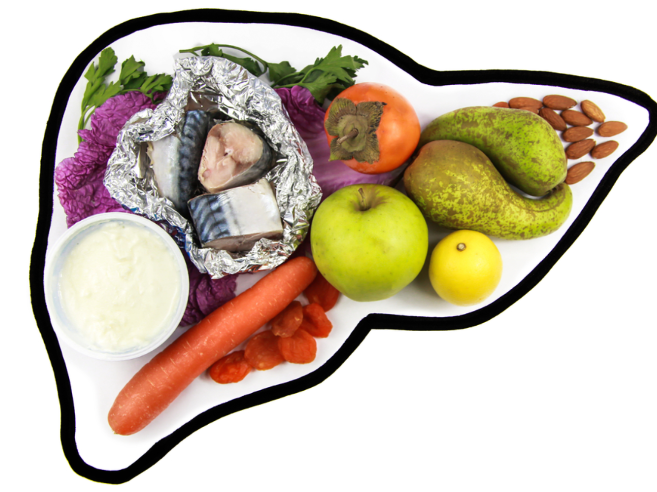Oestrogen Production
The term “oestrogen” is used to collectively describe female hormones, Oestrogens affect the growth, differentiation, and function of diverse target tissues throughout the body not just those involved in the reproductive process.
There are three forms of oestrogen circulating in our bloodstream: oestradiol (E2), oestrone (E1) and oestriol (E3).
Each of these oestrogens has particular functions. Oestradiol (E2) (the predominant form in non-pregnant, reproductive females) primarily aids in the cyclic release of eggs from the ovaries (i.e. ovulation). E2 has beneficial effects on the heart, bone, brain & colon. Reduction in the level of E2 causes common menopausal symptoms such as hot flashes & night sweats. Oestrone (E1), is the dominant oestrogen in postmenopausal women. After menopause, most endogenous oestrogen is produced in the peripheral tissues by the conversion of androstenedione, which is secreted by the adrenal cortex, to oestrone (E1). In addition, some oestrogen continues to be manufactured by aromatase in body fat. The total oestrogen produced after menopause, however, is far less than that produced during a woman’s reproductive years. Oestriol (E3) is secreted in large quantities by the placenta during pregnancy.
Once oestrogen is produced and released into the bloodstream, it reaches its target tissues and the liver. The oestrogen that accounts for most of the tissue stimulation is called oestradiol. Oestrone is a little bit less potent with oestriol being the weakest. In general, the most biologically active oestrogens are the unconjugated ones.
Metabolism of oestrogens occurs in several areas of the body, however the main ones are liver and gastrointestinal tissues.
Liver
More than 50% of the metabolism and conjugation of oestrogens takes place in the liver, therefore targeting the liver becomes central when it comes to affecting the circulating oestrogen ratio. The liver metabolizes hormones & other substances using two primary Phases – the Phase I and Phase II pathways.
During Phase I, some hormones or substances are metabolized directly, but often they are converted into intermediate forms, which are then further metabolized in Phase II.
The pathways depend on many nutrients, including enzymes and amino acids, and their availability (or lack thereof) seems to have a significant influence on the metabolic outcome.
The Phase I pathway is the main metabolic pathway for the oestrogen hormones. In premenopausal women, the ovaries produce oestrogen, primarily oestradiol, most of which the body converts to oestrone and eventually oestriol. The liver then metabolizes the remaining oestradiol and the converted oestrone, breaking it down further and excreting the excess from the body. Some researchers and practitioners now believe that the liver’s ability to metabolize oestrone is the key to understanding oestrogen-related cancer risk.
Phase I processing can be affected by many factors, including extreme overload, the effects of alcohol or drugs, a lack of nutrients, or interference from other substances.
During Phase II, conjugation begins, in which nutrients such as amino acids are combined with hormones and other substances, to convert them to water-soluble compounds that can be excreted efficiently in the urine or stool.
Of the various types of conjugation that may occur in Phase II, the following are most relevant to hormone metabolism:
- Methylation: Once oestrogens are methylated, they can be easily excreted. For the liver to have an adequate supply of methyl groups available, an adequate intake of vitamins B6 (e.g. whole grains and legumes) and B12 (primarily from animal products), and folic acid (such as from green leafy vegetables) are necessary. SAMe (s-adenylmethionine) is also a rich source of methyl groups.
- Sulfation is the process in which sulfur groups are added to oestrogen or other molecules to prepare them for easy excretion. Adequate amounts of foods containing sulfur should be in the diet, including egg yolks, garlic, onions and brussels sprouts. Animal protein is another important source of sulfur.
- Glucuronidation is another process by which oestrogens can be conjugated. This type of conjugation may be affected by the condition of the intestines.
- Gluthathione conjugation is the process in which glutathione, another sulfur-containing molecule, is added to oestrogen for easy excretion. Foods such as avocado, walnuts and asparagus are rich in glutathione, and vitamin C stimulates the body to produce more of it. Glutathione depletion can be due to a lack of the essential nutrients and amino acids (found in fresh fruits, vegetables, fish and meats) that are needed to synthesize it.
Gastrointestinal System
Another way oestrogen metabolism is accomplished is by the gastrointestinal system. Approximately 50% of the oestrogen conjugates, which enter or are formed in the liver, are excreted in the bile, pass into the intestine and are hydrolyzed by intestinal bacteria. Following this hydrolyzation reaction in the intestines the oestrogens either are excreted in the feces or they are re-absorbed into the portal circulation. After the reabsorption takes place, the hydrolyzed oestrogens are metabolized by the liver again and released into the bile or they stay in the circulation and stimulate their target tissues.
Conclusion
As discussed above the breakdown and excretion of oestrogens is an extremely complicated process and a wide range of factors can influence it. In addition, research suggests that not only the role of ‘good’ gut health, but many nutrients effectively reduce oestrogen load by supporting preferred pathways of oestrogen metabolism and detoxification. The influences of these nutrients on oestrogen metabolism are key for diseases and conditions in which oestrogen plays a role. Beneficial modulation of oestrogen metabolism can be accomplished through dietary and lifestyle modifications such as increasing phytoestrogen intake. My next newsletter will discuss the role of Phytoestrogens and the role it may play in Menopausal Symptom Relief but also in supporting healthy bone metabolism.
